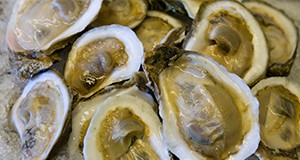Abstract
Rising atmospheric carbon dioxide (CO2) concentration leading to ocean acidification is a threat to marine ecosystems and organisms. As atmospheric CO2 rises, CO2 is driven into the ocean. When CO2 combines with seawater it makes carbonic acid. Carbonic acid then breaks down to form a hydrogen ion and a bicarbonate ion. Excess hydrogen ions building up over time result in decreased seawater pH. Furthermore, the excess hydrogen ions combine with carbonate ions in the water, resulting in fewer available carbonate ions for marine calcifiers. These carbonate ions are an essential element for marine calcifiers and their decreased availability is of increasing concern. The overall change in pH and available carbonate ions has been shown to have direct impacts on physiology, behavior, and calcification rates of marine organisms. Coastal Florida boasts an abundance and diversity of calcifying organisms that stand to be impacted by the altered carbonate chemistry resulting from increased atmospheric CO2 levels. This publication will focus on the impacts of ocean acidification on Calcification. Specifically focusing on how calcification in corals, bivalves, echinoderms and planktonic organisms are being impacte.
This work is licensed under a Creative Commons Attribution-NonCommercial-NoDerivs 4.0 International (CC BY-NC-ND 4.0) license.

